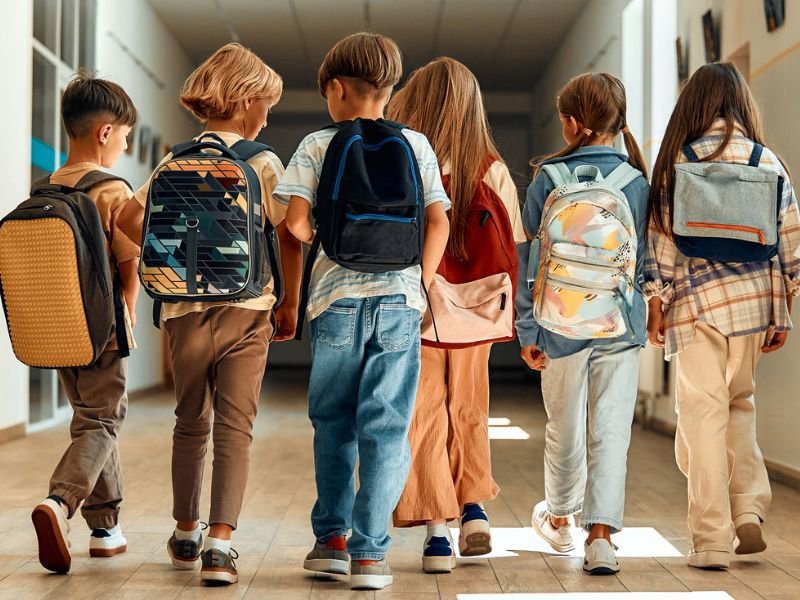Young people across Europe, Canada, and Central Asia report feeling less family support and more school-related stress than in past years, the World Health Organization (WHO) announced Wednesday, calling for enhanced support in teens’ social settings.
According to WHO Europe, the percentage of adolescents who feel strong family support has dropped from 73% in 2022 to 67% in 2018, with girls experiencing a sharper decline, from 72% to 64%.
The study also reveals a rise in school pressure among youths. In 2022, nearly 63% of 15-year-old girls felt school-related stress, up from 54% in 2018, while 43% of boys reported the same, up from 40%.
“Today’s adolescents face unprecedented social pressures, from reduced support at home to heightened stress at school, which could have lasting effects on their health and life outcomes,” stated WHO Europe Regional Director Hans Kluge.
Teens from higher-income families who report strong family support are often in better mental health compared to those with limited or no support, according to WHO’s findings. The study also noted a slight drop in peer support, which fell from 61% to 58%, with a significant decrease among girls from 67% to 62%.
“Girls frequently navigate competing demands for academic achievement and social roles, while boys may feel pressure to appear self-reliant, which can prevent them from seeking essential support,” said Irene García-Moya, one of the report’s authors.
WHO underscored the need to address gender disparities in support for adolescents. Recommendations include making school environments more supportive through reduced class sizes, mentorship programs, and incorporating social-emotional learning into the curriculum. Schools should also address stress by balancing homework demands, offering study skill resources, and arranging regular student-teacher discussions.
Governments are encouraged to provide financial assistance to low-income families and fund parenting programs to support teens, particularly girls.
The study, covering nearly 280,000 youth aged 11, 13, and 15 in 44 countries across Europe, Canada, and Central Asia, highlights the challenges young people face and underscores the need for responsive actions.


